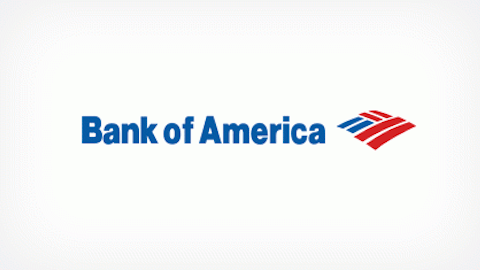Public debt securities also rallied after the IPO. The 6s [6% bonds] rose from $90 at the time of the IPO to $112.50 in Philadelphia on August 13. Then they fell to $100 by August 17. That prompted Hamilton to swing into action. On August 17, he wrote Rufus King, U.S. Senator and a director of the The Bank of New York Mellon Corporation (NYSE:BK), who had written Hamilton on August 15 about the market collapse in New York, “a bubble connected with my operations is of all the enemies I have to fear, in my judgment the most formidable.”
Alexander Hamilton, the first Secretary of the Treasury, and mastermind of the Bank’s formation, implemented an innovative public-private financial partnership that had never before been attempted. Through his connections at the Bank of New York, which he’d also helped establish, Hamilton began directing the open-market purchase of hundreds of thousands of dollars of the panic-stricken bonds, setting up what the NBER paper refers to as the “Hamilton put,” a phrase familiar to any present-day Fed-watcher.
The Panic of 1792 involved a more complex financial scheme, as is often the case with major panics. New York businessman William Duer had been attempting to gain control of the Bank of New York, and corner the market on the debt 6s for some time. His efforts had been buoyed by the Bank’s loose credit policies during its first few months of operation. Hamilton began to worry that loose credit would result in the loss of its gold and silver deposits (creditors had begun to demand repayment by this point), and tightened the spigot on credit issuance in March of 1792. Duer defaulted on his debts, creating a cascade of further defaults that caused a bond market massacre.
Within two weeks, the 6s had lost 25% of their value. The Hamilton put was once again put into action over the strident objections of small-government advocate Thomas Jefferson, who was “scarcely able to contain his glee over the catastrophe,” according to one contemporary report. Hamilton pushed ahead to stem the panic with a lender-of-last-resort plan decades (if not centuries) ahead of its time. Bond buying at Hamilton’s direction stemmed the tide of the panic, with less total money expended than had been used in the first Hamilton put of 1791. Greater public-private coordination (similar to the Fed’s operations today), and a more complete fiscal toolset helped Hamilton end the crisis in roughly a month — just in time to calm America’s gestating financial markets before the creation of the New York Stock Exchange a month later.
Hamilton’s innovations, through the First Bank of the United States, and the new policies he developed to strengthen its power, would go a long way toward creating a firm financial foundation for the young nation in advance of the Industrial Revolution. The U.S. economy continued to grow until 1796 before entering a recession, and the first American banking failure did not occur until 1809. The Bank’s 20-year term as America’s first central bank occurred during a period in which the nation’s GDP grew by over 250%. The remnants of the First Bank of the United States are now part of The Bank of New York Mellon Corporation (NYSE:BK), which originally began as the The Bank of New York Mellon Corporation (NYSE:BK) — both of Hamilton’s greatest banking legacies now exist under the same roof.



